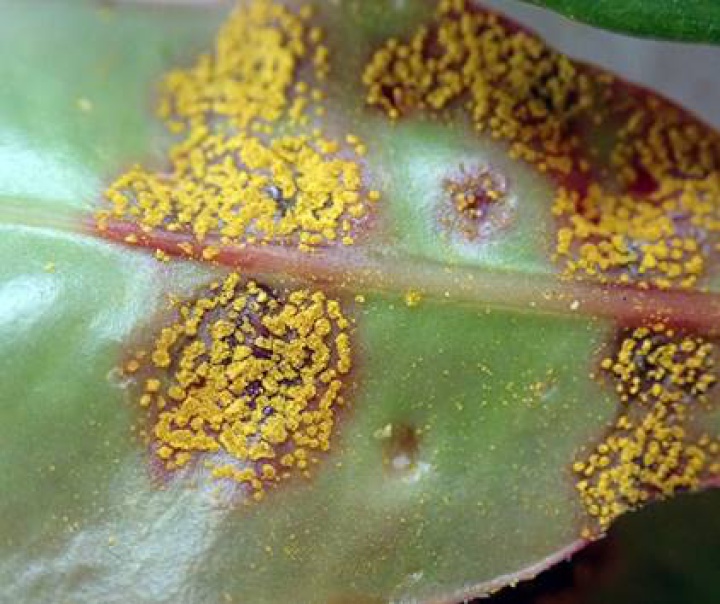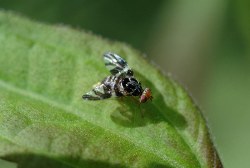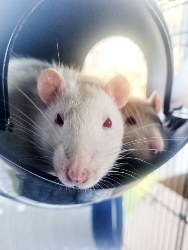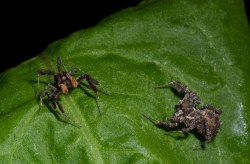Myrtle rust is having sex – what it means for New Zealand
February 3, 2020
Myrtle rust is
having sex – why this matters and what it means for New
Zealand

Myrtle rust is an invasive
fungus that infects iconic native New Zealand trees in the
Myrtaceae family, such as pōhutukawa and mānuka.
It was first detected in New Zealand in March 2017 and is now found throughout the upper North Island. It has currently been recorded as far south as Greymouth.
Austropuccinia psidii, the fungus that causes myrtle rust, is known to reproduce by cloning itself (making identical copies), but a new study has now found evidence that it is also able to reproduce sexually. This sexual recombination of genes means that the fungus has a better chance of overcoming natural plant resistance as well as being less easy to control by biological or chemical means.
“Sexual reproduction creates new individuals with new genotypes, allowing the fungus to adapt to host defences,” says Stuart Fraser, a researcher from Scion who is one of the authors of the study, published in the European Journal of Plant Pathology. “Sexual recombination also allows it to adapt to new environments and new host species.”
Although most fungi have a mixed mating system, meaning they can reproduce both clonally and sexually, previous research from other parts of the world has suggested that A. psidii reproduces clonally. However, this new study of samples of A. psidii from New Zealand and South Africa shows evidence of sexual recombination in addition to cloning.
This has important implications for scientists who are working to protect New Zealand’s native myrtles – such as pōhutukawa, mānuka and kānuka – from infection by myrtle rust.
“Sexual recombination makes myrtle rust more complicated to manage,” says Fraser. “It is important that we are aware of the impacts of the pathogen’s sexual reproduction and plan our research around it.”
The Beyond Myrtle Rust research programme is doing just that. One of their key goals is to improve understanding of A. psidii reproduction in New Zealand. This research area within the programme, which is being led by Fraser and Alistair McTaggart, the lead author on the paper, will investigate how sexual recombination is being driven by the environment and by hosts.
“We don’t know the frequency or impact of sexual reproduction in natural populations,” says McTaggart. “However, we hope our research improves knowledge about the biology of myrtle rust and informs strategies for combatting the disease in the future.”
Link to journal article: https://link.springer.com/article/10.1007%2Fs10658-019-01903-y


 Business Canterbury: Urges Council To Cut Costs, Not Ambition For City
Business Canterbury: Urges Council To Cut Costs, Not Ambition For City Wellington Airport: On Track For Net Zero Emissions By 2028
Wellington Airport: On Track For Net Zero Emissions By 2028 Landcare Research: ANZAC Gall Fly Release Promises Natural Solution To Weed Threat
Landcare Research: ANZAC Gall Fly Release Promises Natural Solution To Weed Threat NZ Anti-Vivisection Society: Auckland Rat Lovers Unite!
NZ Anti-Vivisection Society: Auckland Rat Lovers Unite! University of Canterbury: $1.35 Million Grant To Study Lion-like Jumping Spiders
University of Canterbury: $1.35 Million Grant To Study Lion-like Jumping Spiders Federated Farmers: Government Ends War On Farming
Federated Farmers: Government Ends War On Farming



